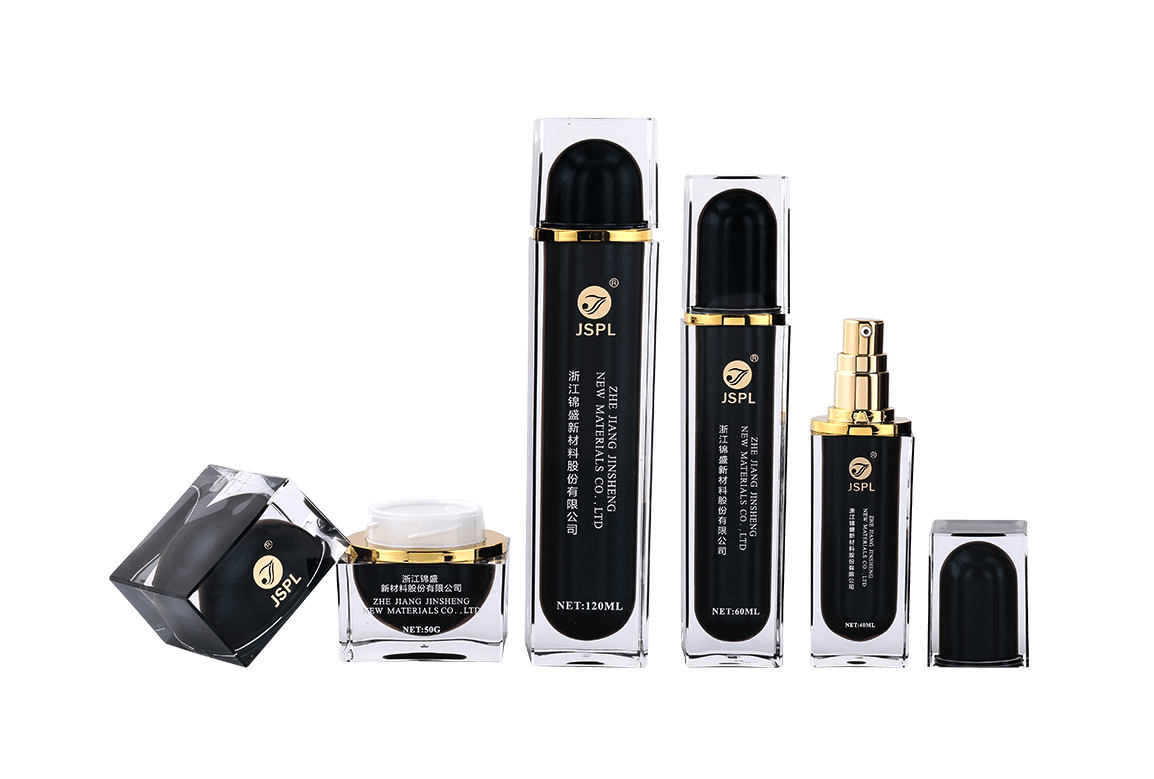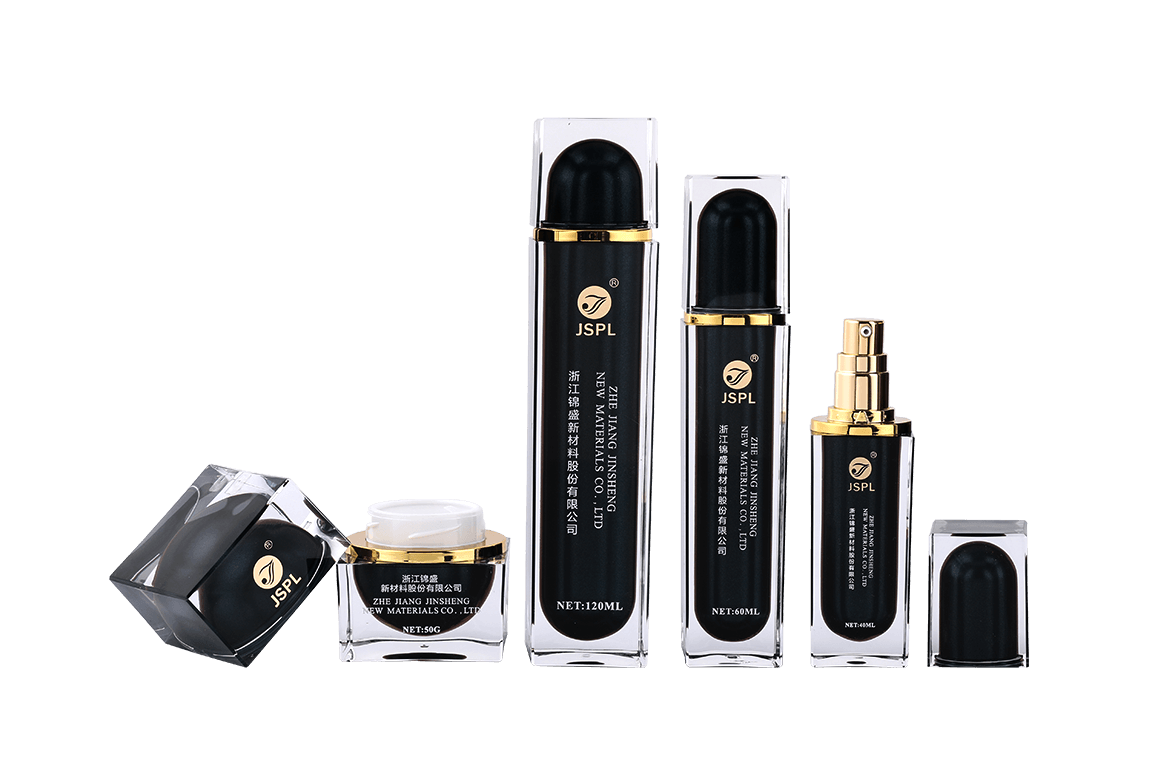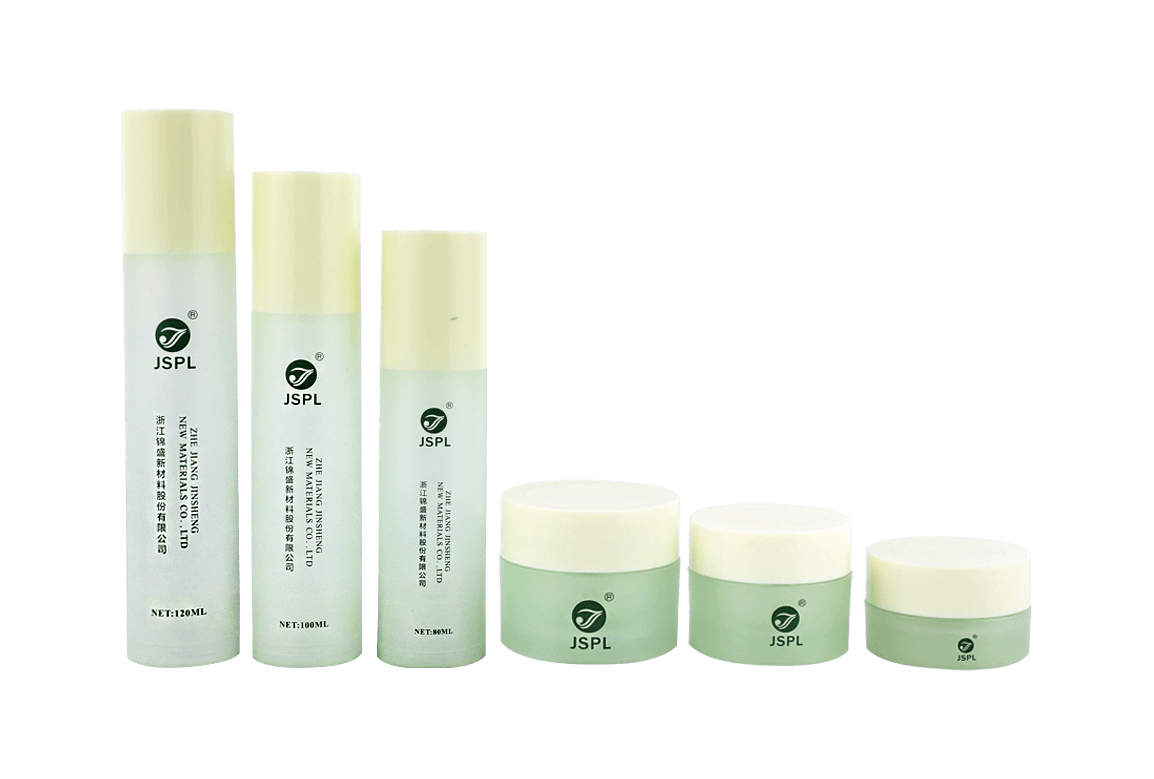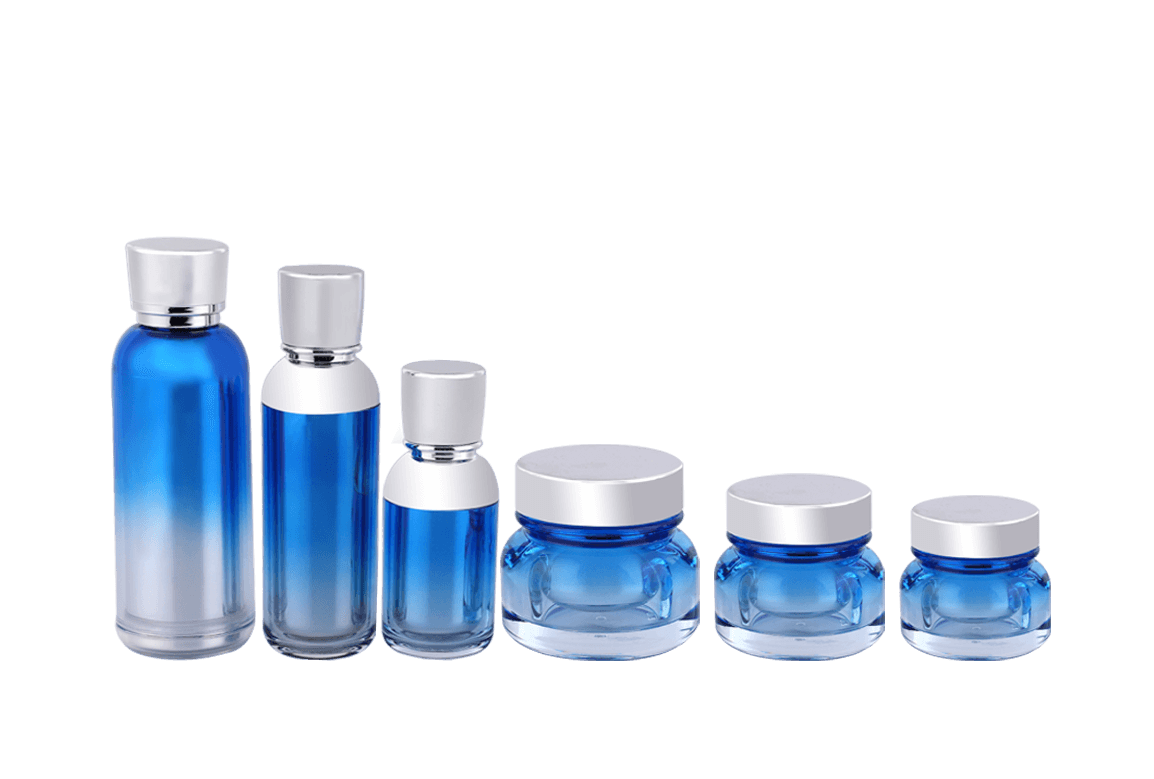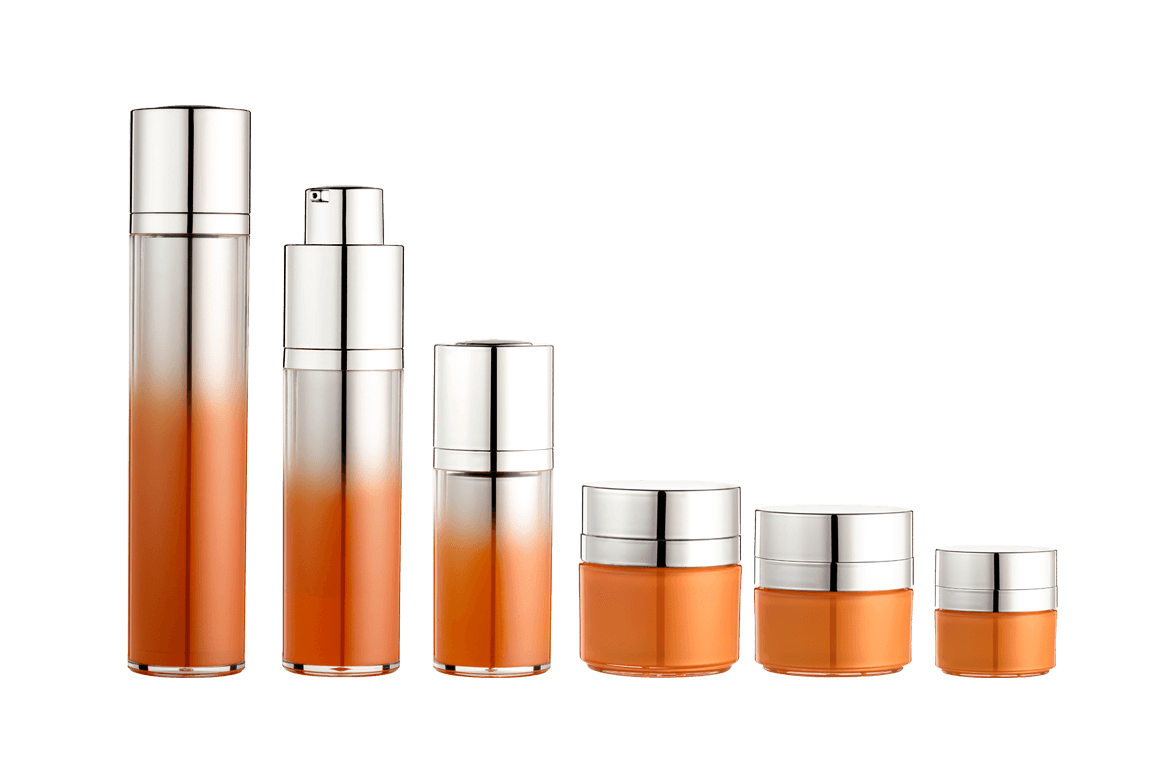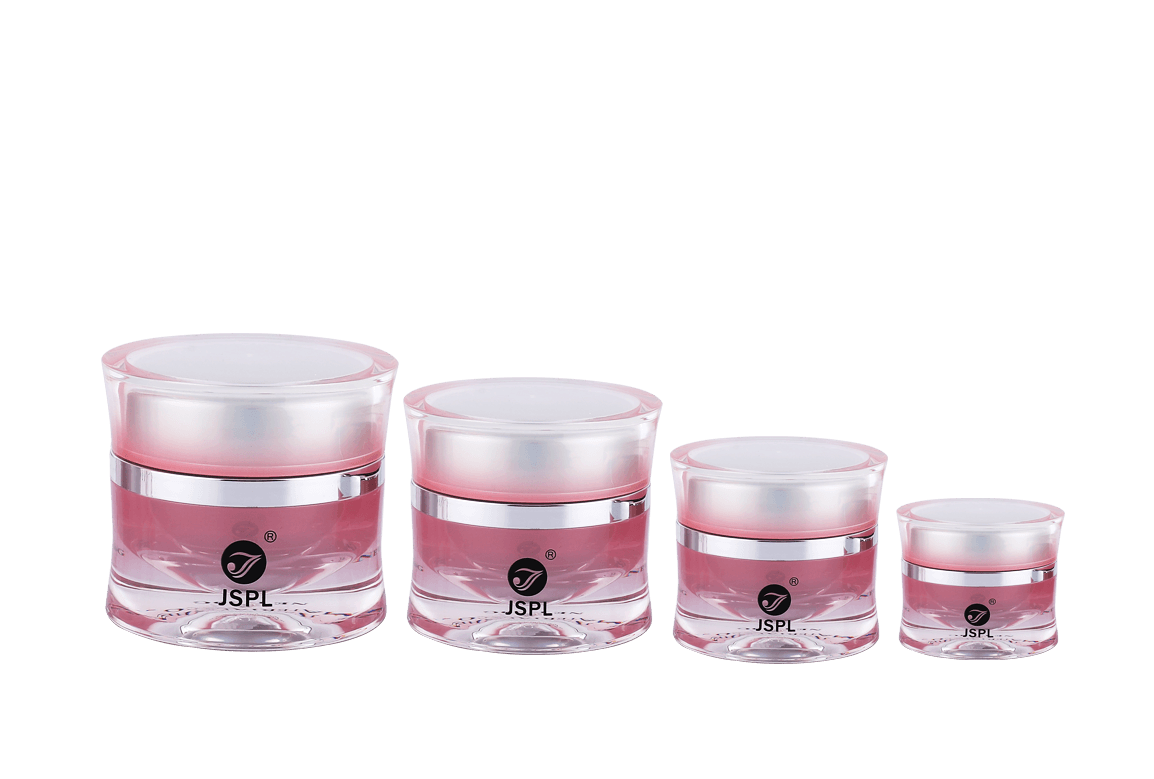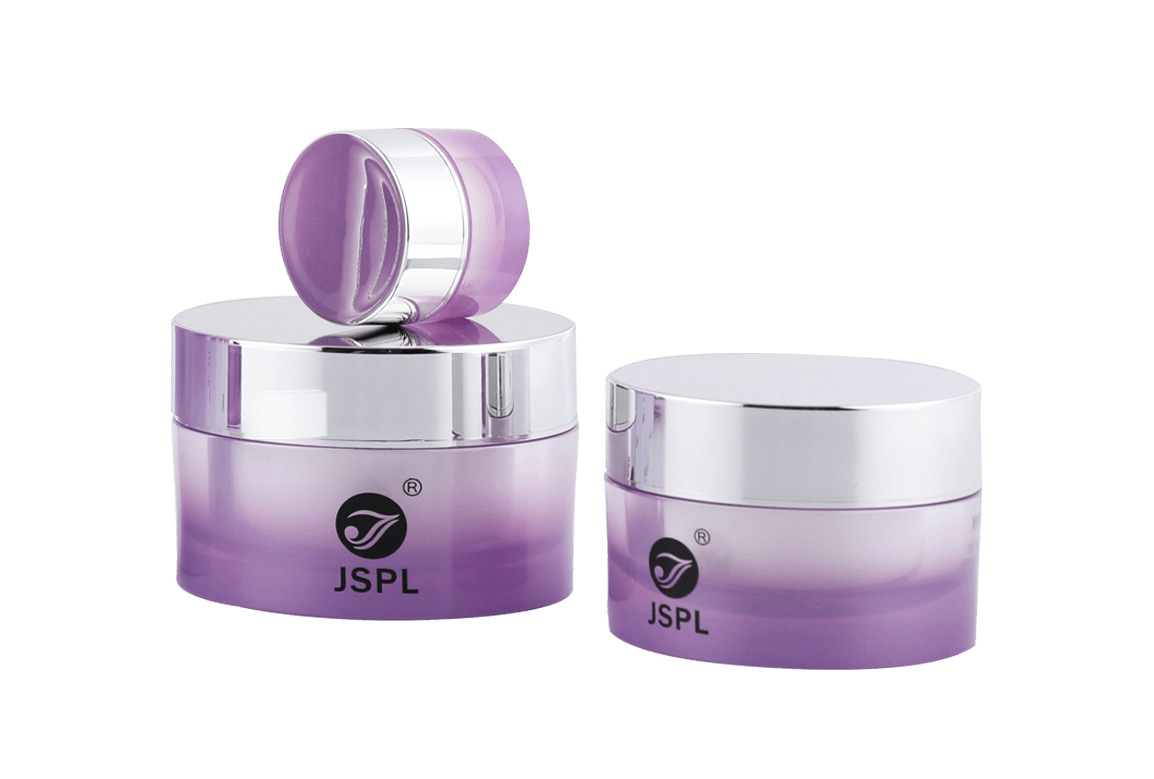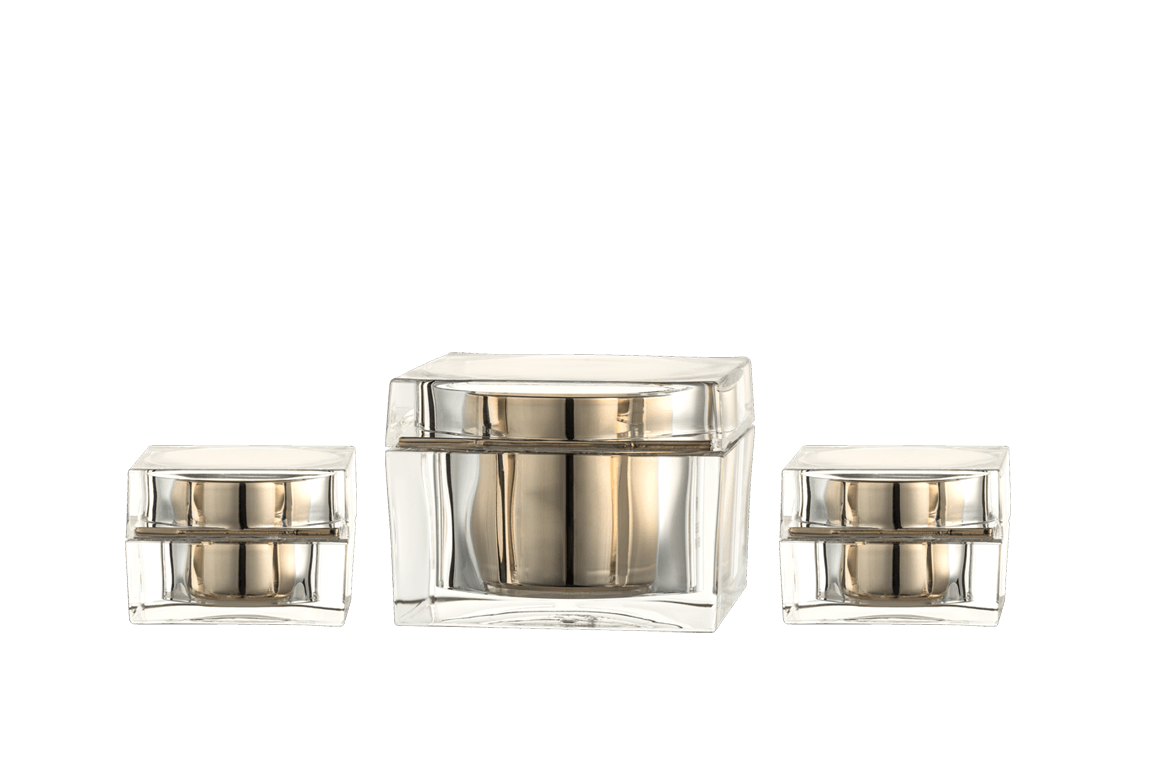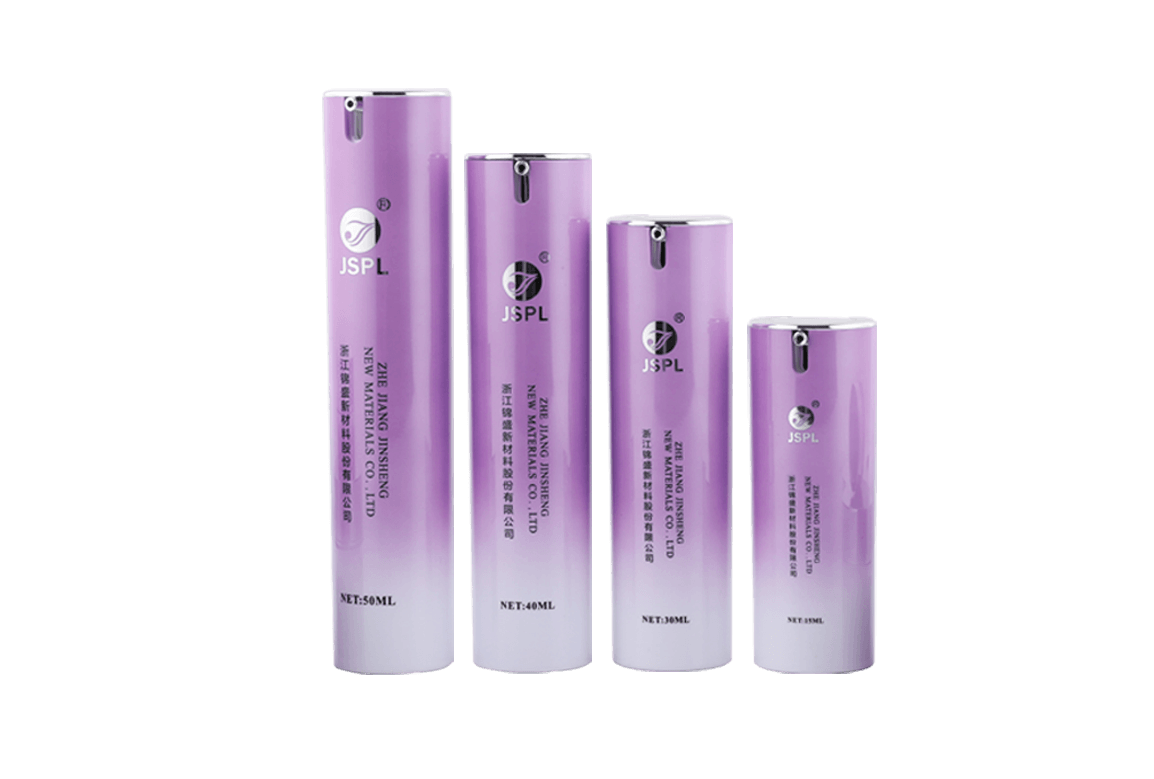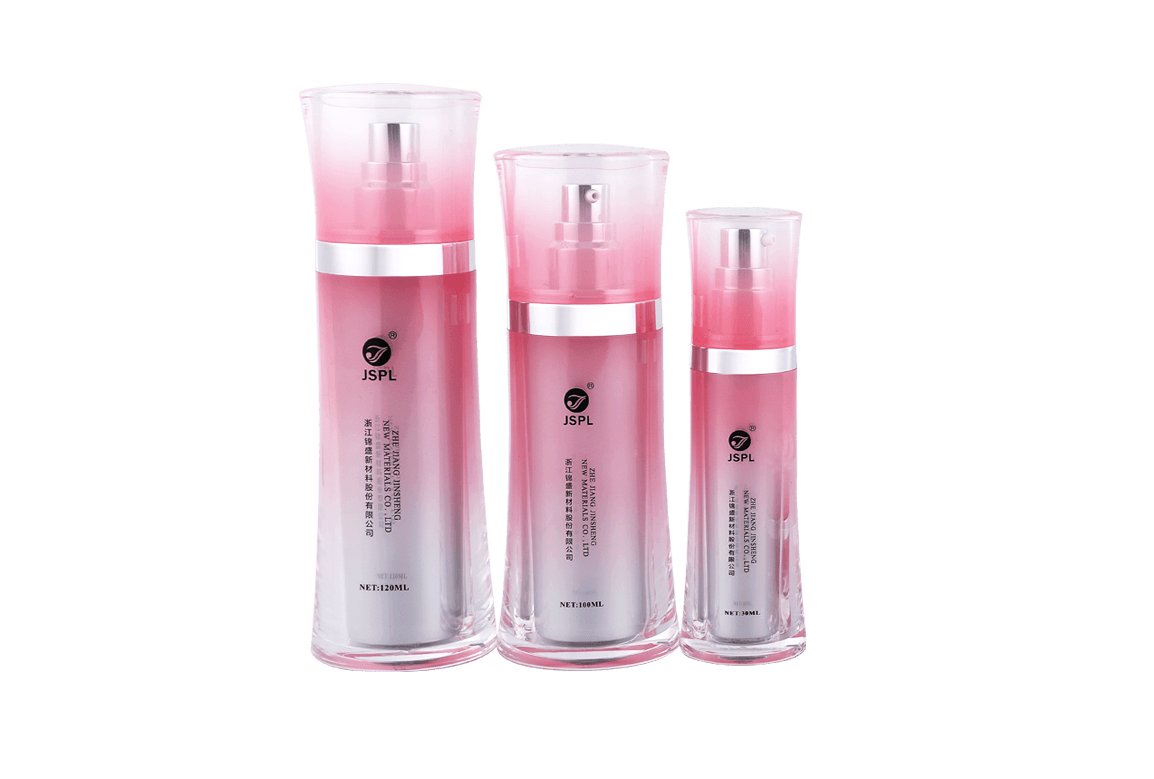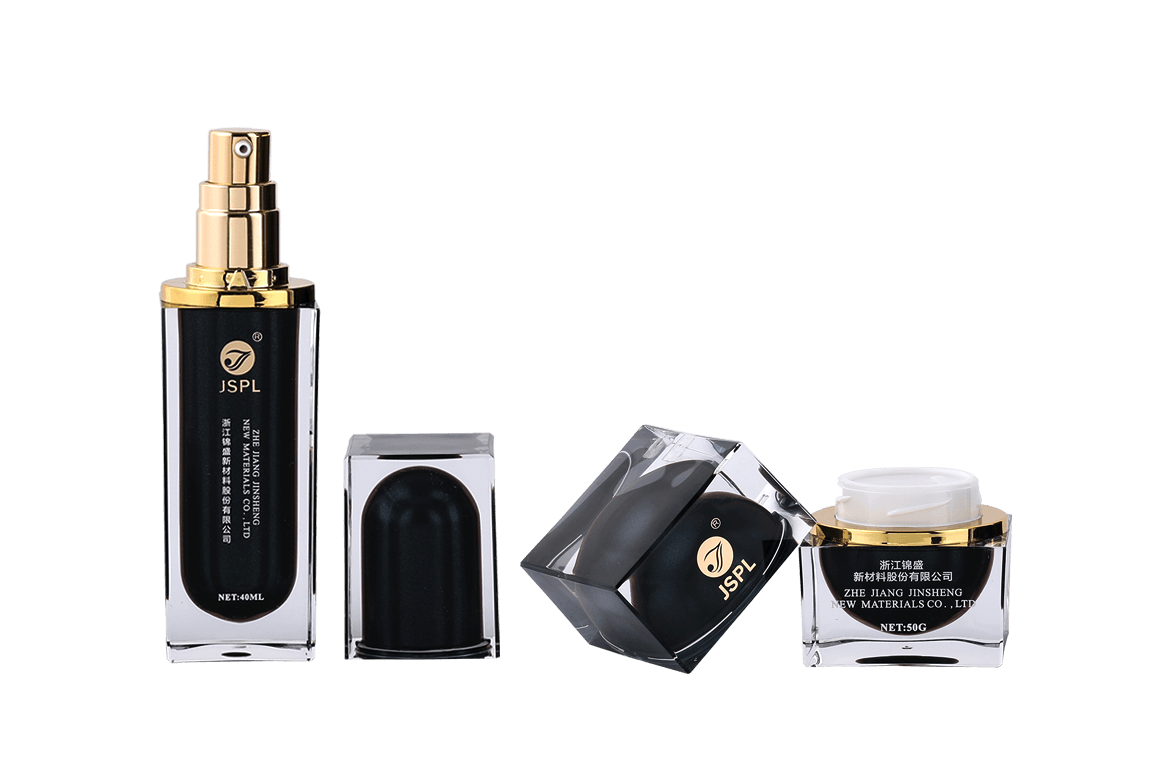Airless cosmetic bottles, due to their effective airtightness and ability to prevent product oxidation, have become the preferred packaging for high-end skincare and cosmetics. However, product residue during use remains a major concern for both consumers and brands. Optimizing the structural design of airless bottles can minimize residue, improve the user experience, and reduce material waste and production costs.
Fluid Dynamics Optimization of Internal Container Design
The shape of the internal container of an airless bottle directly impacts the fluidity and dispensing efficiency of liquid products. A bottle design that conforms to fluid dynamics principles guides product flow smoothly toward the outlet, reducing residue caused by dead corners or adherence to the bottle wall. A slightly curved inner wall avoids sharp angles and dead corners, effectively reducing product accumulation. A slightly sloped bottom allows gravity to help the product flow naturally toward the applicator or pump nozzle. This design is particularly suitable for high-viscosity creams and serums, improving dispensing efficiency.
Precise Piston Fit and Sealing Performance
The core of an airless bottle is its internal piston, which uses negative pressure to push the product upward. The piston's shape and sealing material determine its tight fit and smooth glide within the bottle wall. The highly elastic silicone piston, designed in accordance with ergonomics and material science, adheres tightly to the bottle wall, preventing air leaks and ensuring a smooth, unobstructed pumping process. The piston's size and shape are precisely tailored to the bottle's inner diameter to minimize gaps and prevent product entrapment between the piston and the bottle wall. Furthermore, piston surface treatments, such as micro-texturing or hydrophilic coatings, reduce product adhesion and improve residual removal rates.
Intricate Design of the Outlet and Pump Head Structure
The outlet design is crucial for minimizing product residue. A small diameter and smoothly rounded shape control the flow rate and volume, preventing splashing or loss caused by excessive flow. The pump head's suction port is positioned near the lowest point of the bottle, ensuring maximum extraction of product from the bottom during piston pumping. A built-in check valve prevents air backflow and maintains a stable negative pressure, effectively preventing product backflow and residue. Furthermore, the pump head's material selection prioritizes anti-stick properties, utilizing corrosion-resistant, smooth-surfaced engineering plastics or metals to enhance smooth dispensing.
Multi-chamber design enables precise dosing.
Some high-end vacuum bottles utilize a multi-chamber design. Internally, the product is divided into multiple chambers, and the product is released chamber by chamber as the piston is pushed, preventing overdose and waste. This multi-chamber design ensures precise dosing with each press, reducing excess waste due to poor control. The design ensures a good seal between each chamber to prevent cross-contamination. This design not only enhances the user experience but also allows brands to launch multifunctional combination products to meet diverse skincare needs.
Material Selection and Surface Treatment Technology
The material choice for the bottle and internal components directly impacts product adhesion and flow. Using low-surface-energy materials such as polypropylene (PP), high-density polyethylene (HDPE), or specially treated plastics can reduce product adhesion to the bottle wall. Applying a spray or non-stick coating, such as a fluoropolymer coating, further enhances the bottle's smoothness, making it easier for liquids to glide and drain. Transparent or translucent materials also make it easier for users to see the remaining product in the bottle, preventing unseen waste.
Modular structure facilitates cleaning and maintenance. The vacuum flask features a modular design for easy disassembly and cleaning. Key components such as the piston, pump head, and bottle can be cleaned separately, preventing product deterioration caused by prolonged storage. This easily disassembled design not only facilitates cleaning but also facilitates strict hygiene standards during production. Modularity is particularly important for applications involving repeated use or product refills.
Compact structure reduces trapped air space. The smaller the trapped air space in the bottle, the lower the risk of product oxidation and deterioration. The structural design requires precise calculation of the volume between the bottle and piston to minimize trapped air. Precision injection molding and assembly techniques ensure a tight fit between components, eliminating even the slightest gap. The piston stroke is designed to fully utilize the bottle's capacity, ensuring effective product delivery with each press and minimizing residual product.

 Chinese
Chinese España
España Italia
Italia Le français
Le français